Information Flavor characteristics of Colombian Coffee producing area A brief introduction to FNC of Colombian Coffee producers Association
Colombia has four treasures! Which four treasures? Flowers, gold, emeralds and coffee beans. Compare coffee I with gold and jewelry? Yes, it is also known as "green gold" because of its unusual taste with Lambian coffee. So, do you want to come to the front street to see the Colombian coffee beans? Colombian coffee on the front street has a variety of choices: rose Valley, Flower Moon Night, San Jose, Cherry Blossom, Flower see, Orange soda, which sounds poetic and sweet.
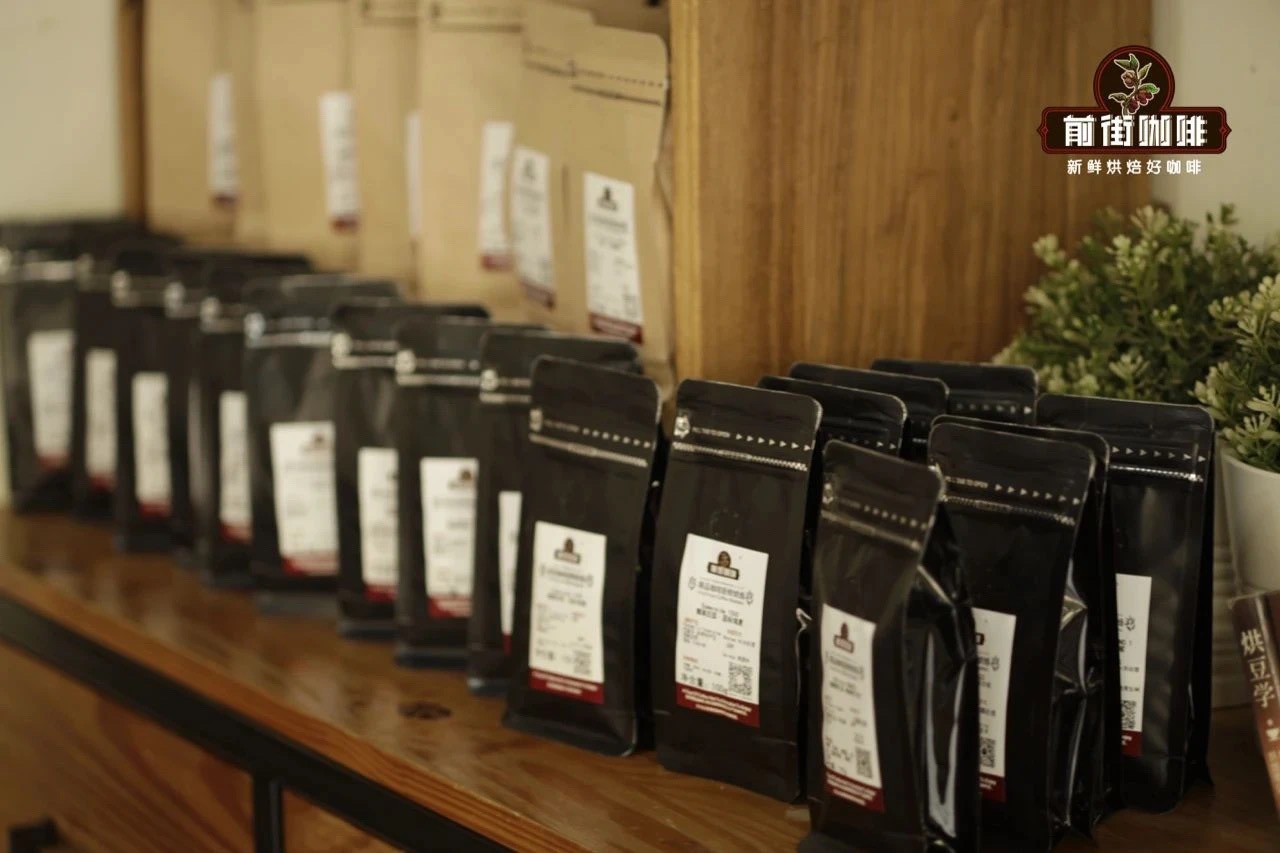
"the palms and backs of the hands are all meat." in the front street, there is no comparability between coffee. Whether it is the novice's favorite Ethiopia, traditional Indonesia, expensive and exquisite Panama or Colombia with superior natural conditions, Qianjie selects the most representative flavor in the eyeball. Today I'd like to talk to you about Colombia, the holy place where coffee is grown.
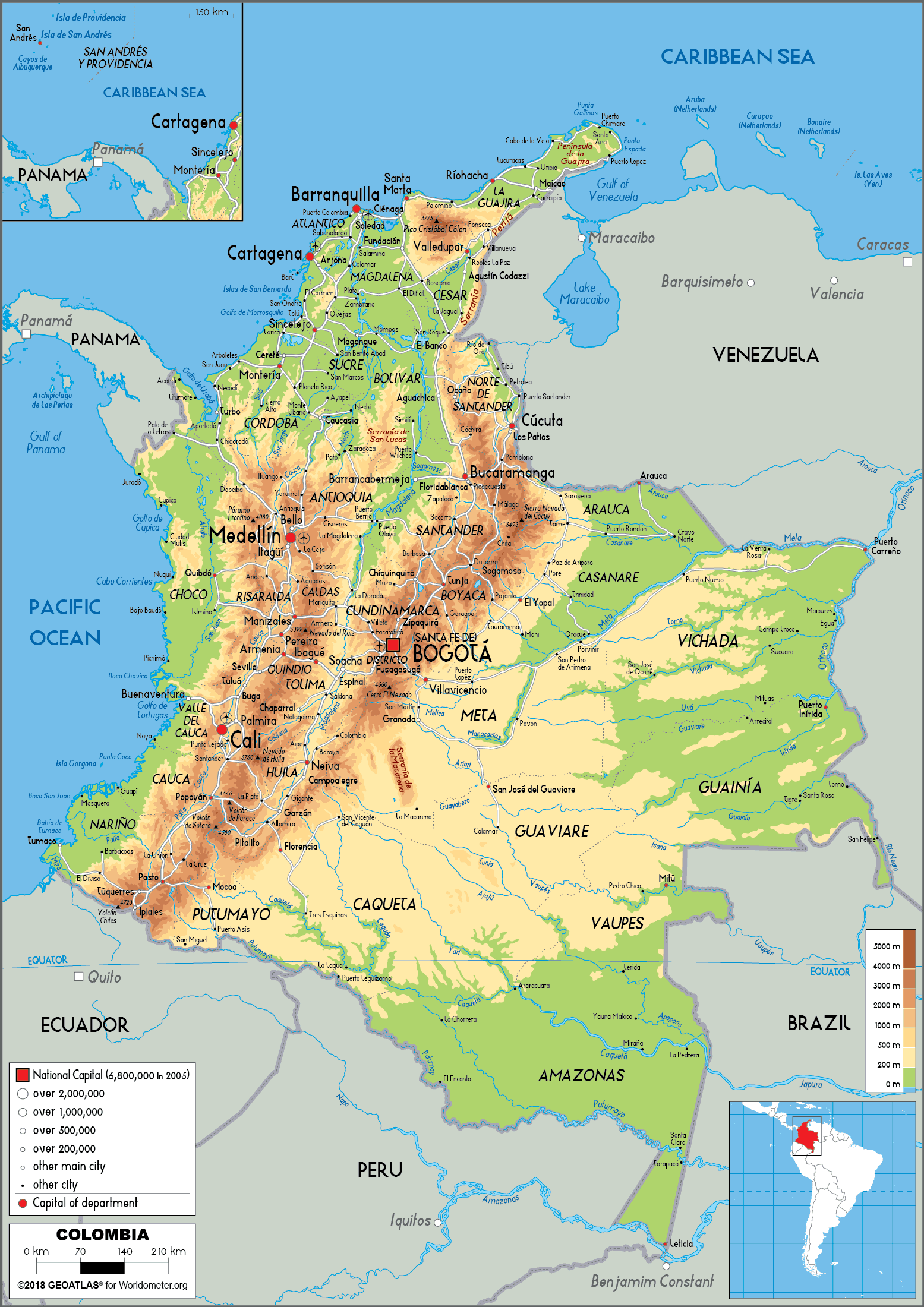
Qianjie has repeatedly emphasized in previous articles that there are three main factors for coffee cultivation: climate, altitude and soil. Among them, the climate represents temperature, humidity, precipitation, sunshine and other conditions. According to Qianjie, the area where coffee can be grown in the world is very limited. Within the cluster sphere, there are three main coffee growing areas: the Americas, Africa and Asia, which are usually located in the equatorial zone between the Tropic of Cancer and the Tropic of Cancer, referred to by world coffee growers as the "bean belt", with Colombia in the bean belt.
From the above picture, you can also see that the elevation of northwest Colombia is on the high side. From the aerial view, the west side of it looks like being scratched by a cat; from north to south, it leaves three vertical paw marks. And the area where scratches are located is the main place where Colombian coffee is grown. Here is not only more than 1500 meters above sea level, but also rich in volcanic soil. The latitude span of the Colombian region and the topographic influence of the Andes are divided into three regions from south to north, northern, central and southern.
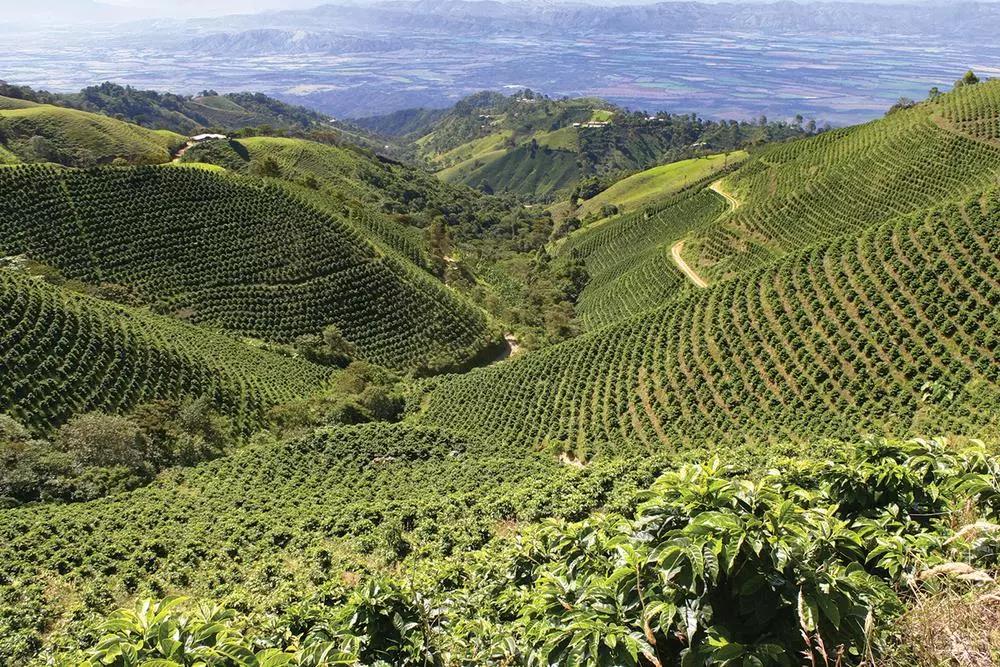
In an ideal environment of high altitude and volcanic soil, coffee from Colombia has been transported to the United States and Japan since the 1940s. On the other hand, the history of local coffee farming pays special attention to the use of land, and reclamation is enough to avoid the decline of fertility. For coffee, we wait for it to be ripe before manual picking. In addition to coffee, the locals will plant tall trees or banana trees around the coffee trees. Build an Arbor for coffee trees at the seedling stage to ensure the cool and humid environment needed for coffee growth. Due to the high humidity and small temperature difference in the coffee forest, coffee beans mature more slowly, so they can better accumulate caffeine and various aromatic substances.
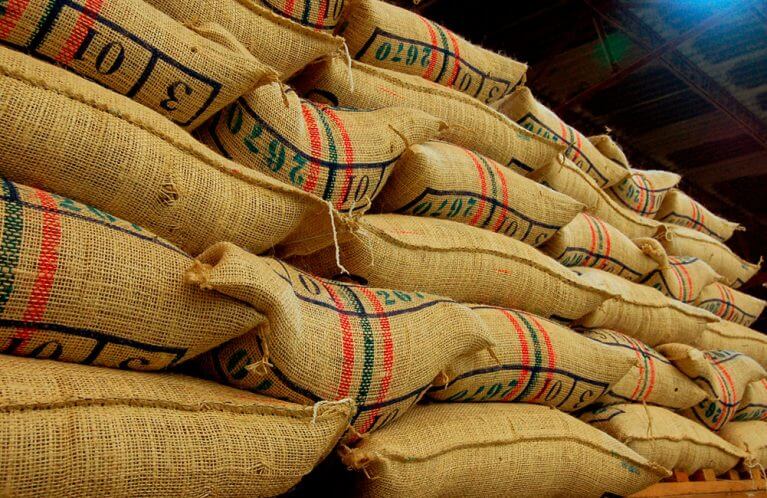
What a nice thing to say, is Colombian coffee really that good? Don't believe Qianjie, take Cymbidium Colombia, which has the lowest store price, as an example, by the way, I would like to introduce to you the coffee producing area of Colombia.
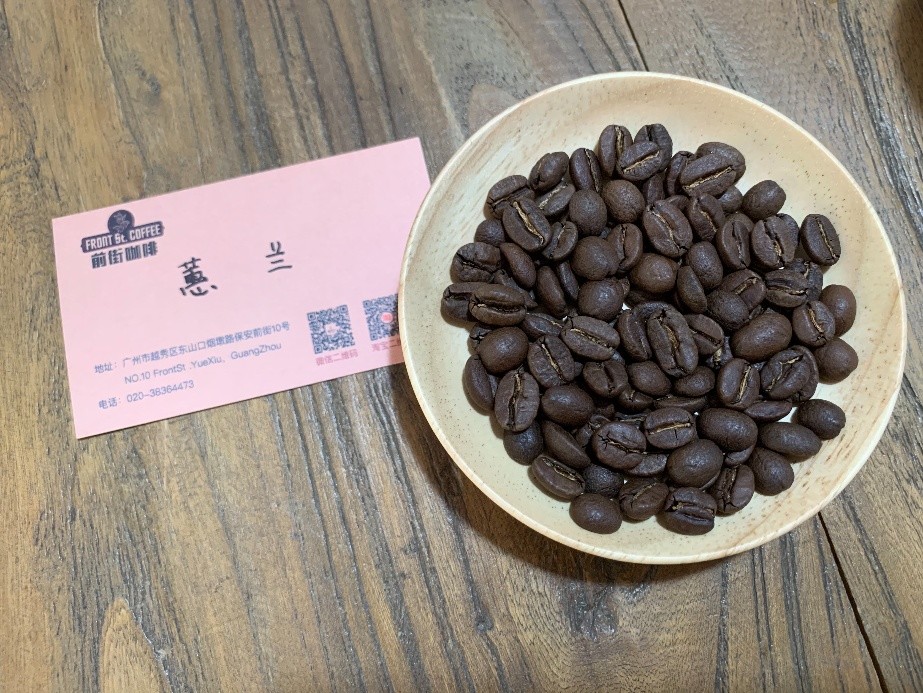
Columbia Cymbidium
Coffee producing area: Cymbidium Colombians
Altitude: 1500-1800 m
Treatment: washing
Variety: Kaddura
Flavor description: nuts, chocolate, caramel, soft fruit acid
Huilan province, located in the southern part of the Central Mountains in southern Colombia, is the most famous boutique coffee producing area in the country. This area is a hilly land surrounded by mountains, planted more than 1500 meters above sea level, where the most important rivers in Colombia meet, bringing considerable water resources.
But in fact, the most famous coffee producing areas in Colombia are Medellin, Amangia and Manizarez, which are commonly known internationally as "MAM". Of course, Cauca and Nari ñ o audit Tolima province is also a famous coffee producing area in Colombia, which is different from the moderately roasted Whelan coffee beans mentioned above. Lightly roasted coffee in these areas tends to have a more delicate taste: a variety of floral aromas and outstanding sweet and sour tastes, as well as other Colombian coffee flavors in the former street. San Jose from Caldas highlights the fermented aromas of delicate rum and a variety of tropical fruit aromas. The Rose Valley of Santander Tree Manor is as famous as its name, with rich rose fragrance mixed with peach and cranberry taste.
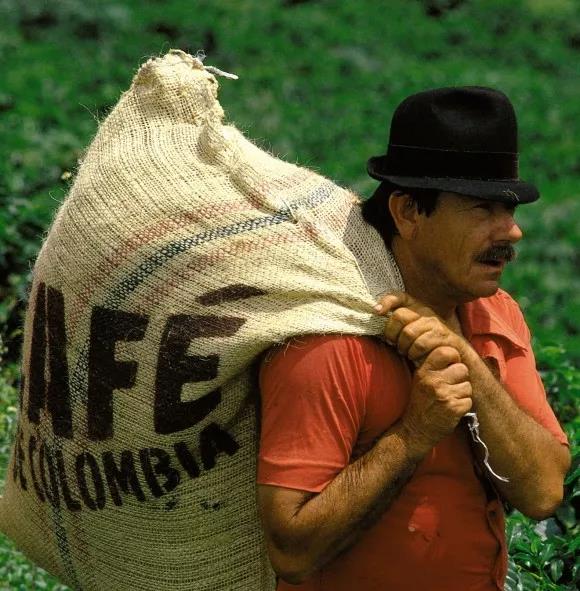
The Huilan food beans in the front street is the traditional impression of Colombian coffee-balanced and mellow. But Qianjie also introduces coffee beans with regional flavor, which are often produced by small farmers in micro batches. In order to protect the production interests of smallholder coffee farmers, in 1927, Colombian coffee growers United to create an organization, the Colombian Coffee producers Association (FNC), which represents Colombian coffee nationally and internationally and works for the well-being of Colombian coffee growers to improve the quality of life of coffee farmers through effective trade unions, democratic and representative organizations.
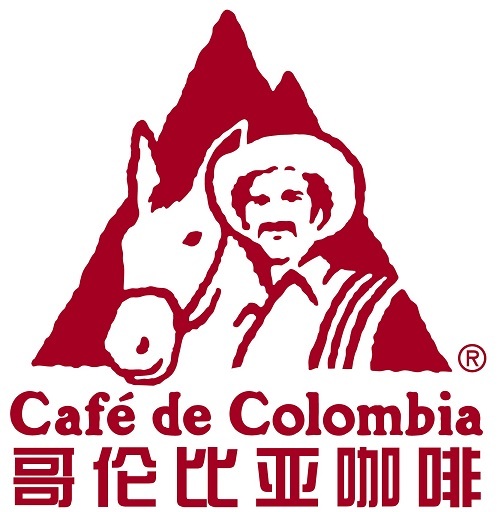
According to Qianjie, the year-end report of Colombian coffee was freshly released not long ago. Although this year's Columbia graduation coffee production decreased by 5% compared with the same period last year, the coffee harvest value reached an all-time high of 9.9 trillion pesos. At the same time, under the leadership of FN C, Colombian Coffee tried to trace the source of the coffee raw bean QR code for the first time this year, attaching the QR code to the Shendou package, which can effectively identify the coffee. The purpose of this is to integrate all coffee production links, ensure the traceability of its cultivation, and bring benefits to tens of millions of coffee families.
Due to the superior quality of Colombian coffee can be sustainable development. But this year, Colombia does encounter problems that have not been encountered in previous years: repeated outbreaks, rising global temperatures, traffic disruptions caused by social unrest, container shortages and weather problems have made coffee production extremely difficult.
Speaking of the new Colombian flower coffee beans that were very special two months ago, in fact, he and the grain beans in front of them came out of a producing area. The difference is that this coffee bean can be traced back to its origin. It is a mixture of rosy summer coffee beans produced by Montblack Manor in Colombia. Why is this coffee bean special? In the process of cup testing, the baristas on the front street can clearly feel the "Southeast Asian style" of this coffee when it is dry. In fact, this coffee will have a strong spice aroma. As for the taste, the tower curve is very fresh and sour, the entrance is lively acid cooling, you can smell the fragrance of chamomile with almond flavor at the end.
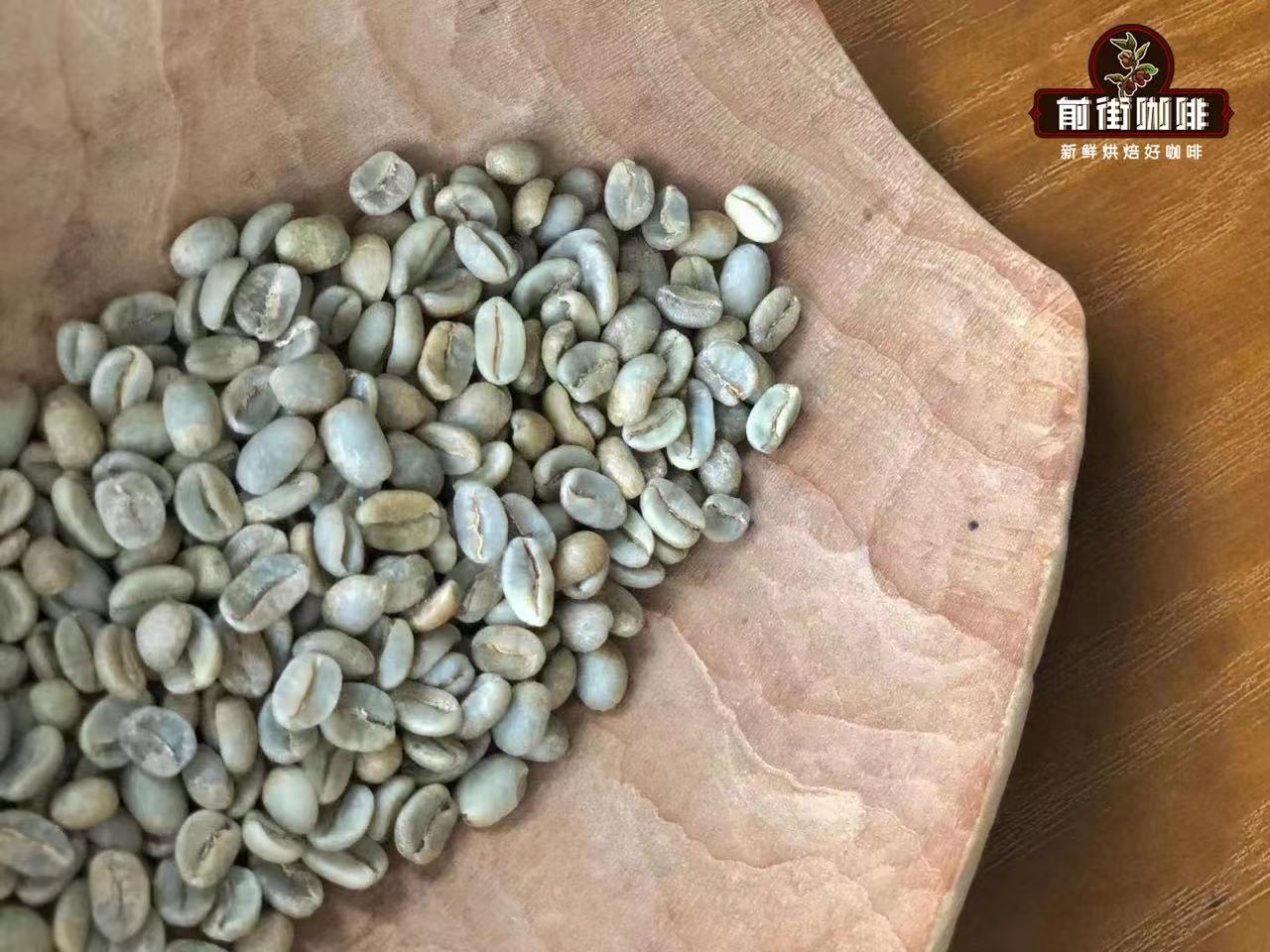
See you in Colombia.
Producing area: Colombia
Manor: Montblack
Altitude: 1900 m
Treatment: washing
Have you noticed that the coffee beans introduced above in the front street are basically washed? In fact, most of the coffee in Colombia is washed, and every small farmer's family has a small special processor. The harvested coffee fruit is poured into it, which removes not only the skin and pulp, but also most of the pectin, and only a very small amount of water is needed. Next, the shell beans with a small amount of pectin will go into a small pool or container, which may be a cement pool (some tiles) or a stainless steel bucket that will ferment overnight and loosen the residual pectin. Rinse with clean water the next day, and the washing process is completed.
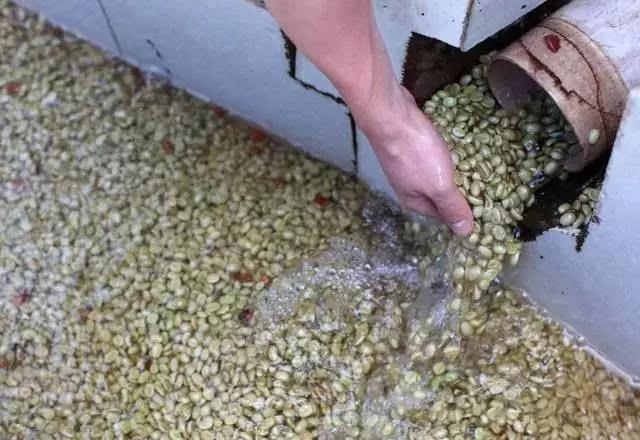
Dry, according to the weather, if the weather is good, of course the first choice is natural drying, there will be a small shed laid on the wooden scaffolding to dry in the shade; otherwise, it will be laid on an empty cement floor for drying; if the weather is not good, if it rains continuously, then use a dryer to dry, the dryer will have an intake temperature control, usually about 50 degrees Celsius.
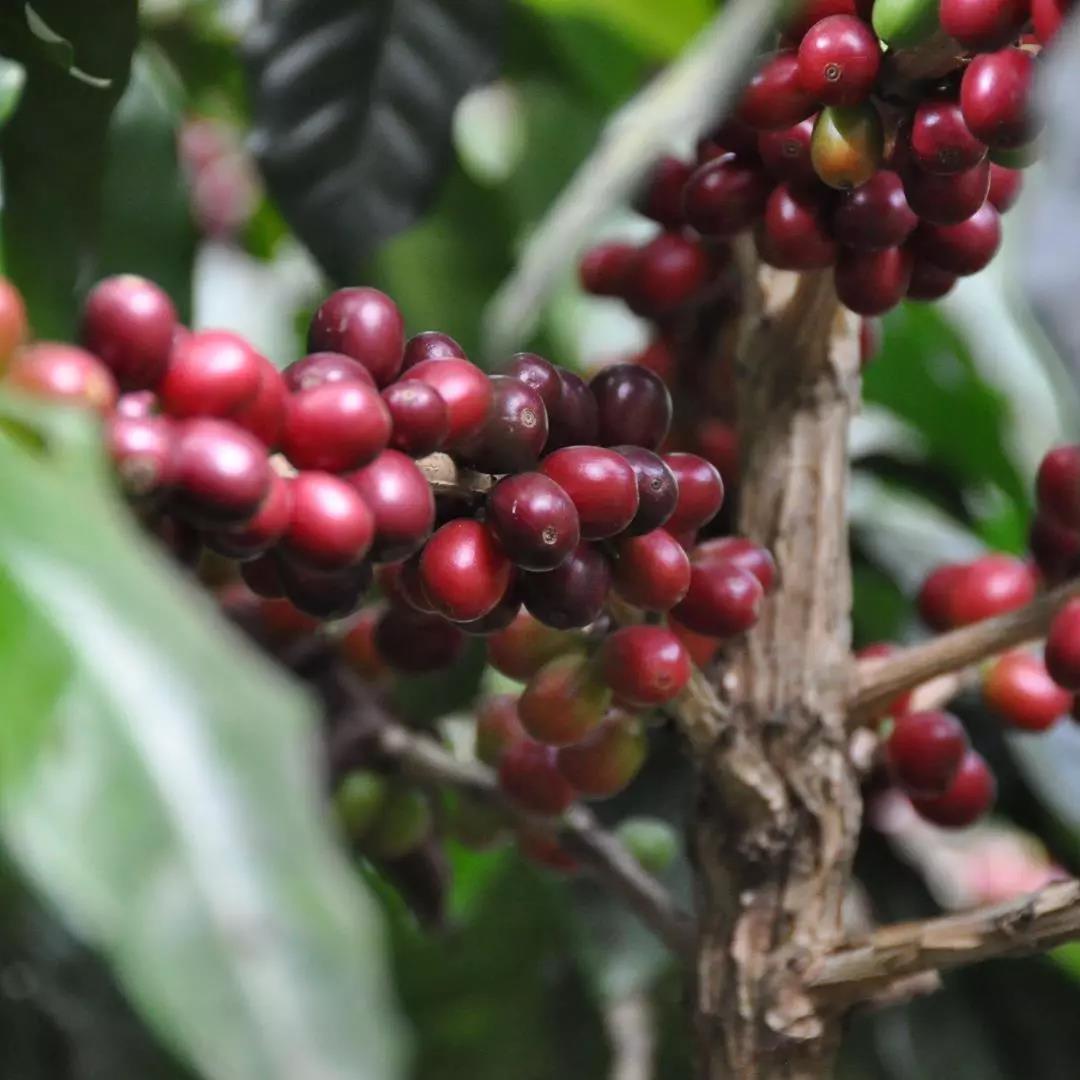
In addition to the common varieties of coffee in Colombia, such as Kaddura Caturra, Bourbon Bourbon, Tippika Typica and Parkmara, Colombia has its own three disease-resistant varieties, namely Castillo Castillo and Tabi Tabi Colombian Colombia with the same name as the country. Of course, there are also some rare and valuable varieties such as Rosa Gesha, small-grained Mocha Mocca, Rume Sudan Romer Sultan, Eugenioides Eugene Odes, Laurina pointed Bourbon, Maraguesa Mara Rosa (a natural hybrid between Marago Rippi and Rosa).
Professional coffee knowledge exchange more coffee bean information please follow the coffee workshop (Wechat official account cafe_style)
For more boutique coffee beans, please add private Qianjie coffee on Wechat. WeChat account: kaixinguoguo0925
Important Notice :
前街咖啡 FrontStreet Coffee has moved to new addredd:
FrontStreet Coffee Address: 315,Donghua East Road,GuangZhou
Tel:020 38364473
- Prev

Lim region of Ethiopia | what is the flavor of native species washed by limu Kossa Xhosa?
Professional coffee knowledge exchange more coffee bean information please follow the coffee workshop (Wechat official account cafe_style) Ethiopia Lim production area | limu Kossa Xhosa washing local native species flavor? Finding coffee on a farm is very rare in Ethiopia, but Gidey Berhe Retta is in Limu Kossa
- Next
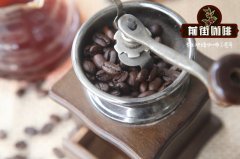
Is the coffee good at Santa Maria Manor in Nicaragua? introduction to the flavor characteristics of Nicaraguan coffee
Professional coffee knowledge exchange more coffee bean information please follow the coffee workshop (Wechat official account cafe_style) Nicaraguan Coffee Manor-Santa Maria Manor Oho is located at an altitude of 950-1000 meters above sea level, which is operated by three generations of coffee producers. Coffee cultivation runs through the whole family and is really a part of daily life, where children and older children
Related
- Detailed explanation of Jadeite planting Land in Panamanian Jadeite Manor introduction to the grading system of Jadeite competitive bidding, Red bid, Green bid and Rose Summer
- Story of Coffee planting in Brenka region of Costa Rica Stonehenge Manor anaerobic heavy honey treatment of flavor mouth
- What's on the barrel of Blue Mountain Coffee beans?
- Can American coffee also pull flowers? How to use hot American style to pull out a good-looking pattern?
- Can you make a cold extract with coffee beans? What is the right proportion for cold-extracted coffee formula?
- Indonesian PWN Gold Mandrine Coffee Origin Features Flavor How to Chong? Mandolin coffee is American.
- A brief introduction to the flavor characteristics of Brazilian yellow bourbon coffee beans
- What is the effect of different water quality on the flavor of cold-extracted coffee? What kind of water is best for brewing coffee?
- Why do you think of Rose Summer whenever you mention Panamanian coffee?
- Introduction to the characteristics of authentic blue mountain coffee bean producing areas? What is the CIB Coffee Authority in Jamaica?

